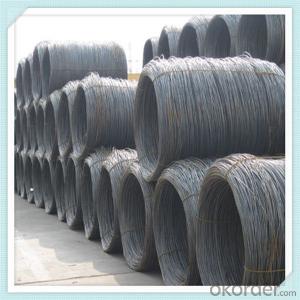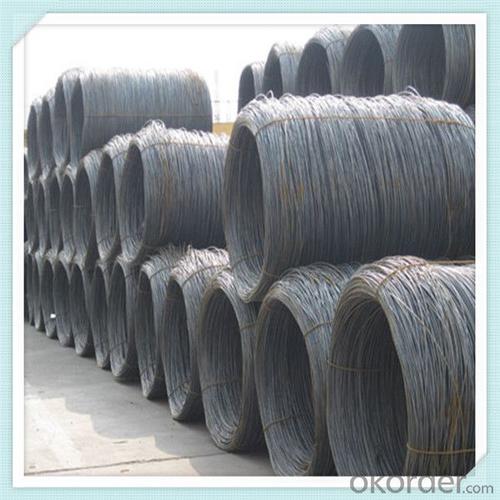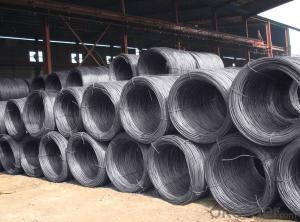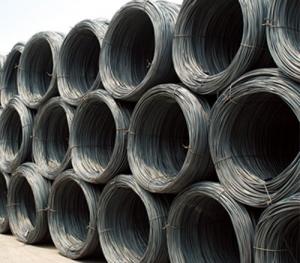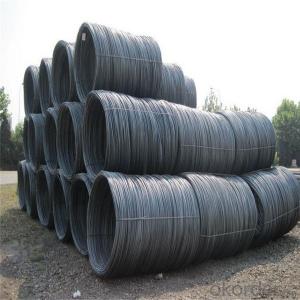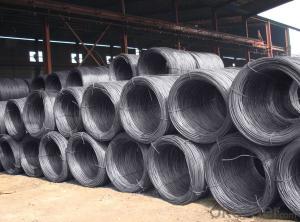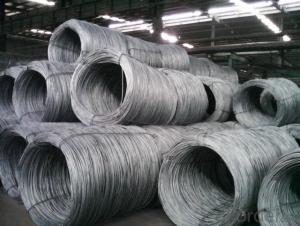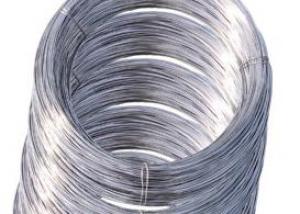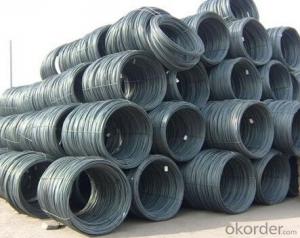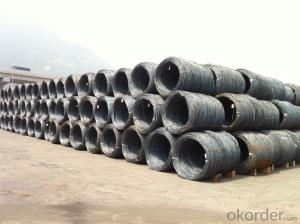SAE1012 Steel wire rod directly from China mill
- Loading Port:
- Qingdao
- Payment Terms:
- TT OR LC
- Min Order Qty:
- 100 m.t.
- Supply Capability:
- 18100 m.t./month
OKorder Service Pledge
OKorder Financial Service
You Might Also Like
Specification
Features
1、Pure steel quality, stable chemical contents, small tolerance.
2、Constant Quality, good drawing performance.
3、High dimension accuracy degree, accuracy degree of Level C up to 80%, smooth surface, less scale,
easy to be pickled.
4、Automatic bundling with 4 lines by Machine in tidy and good looks
5、Big high quality percentage, small coil percentage, and heavy coil weight for Hard Coil.
6、High sorbitizing percentage.
Wire rod is used for many different products. Depending upon how it is cold formed and heat treated, wire
is used, for example, to produce not only wire ropes, barbed wire, wire mesh and nails, but also springs,
welded wire mesh and reinforcement wire.
Product Description :
Standard | AISI, ASTM, BS, DIN, GB, JIS |
Material/steel grade | Q195-Q235,SAE1006B,SAE1006CR, SAE1008B, SAE1008CR, SAE1010B, SAE1018B, or according to customers requirements |
Wire Gauge | 5.5-12mm |
Coil weight | 1.8-2.1mts |
MOQ | 25MT |
Delivery Time | 15-30 days after receipt of L/C or deposit by T/T |
Packing | In coil and load in container, if large quantity, by bulk vessel; Can be packed as customers' special requirements |
Payment terms | 1).100% irrevocable L/C at sight. 2).30% T/T prepaid and the balance against the copy of B/L. 3).30% T/T prepaid and the balance against L/C |
Application | widely used in machinery parts, manufacturing industry, electronics industry, metal tools and others |
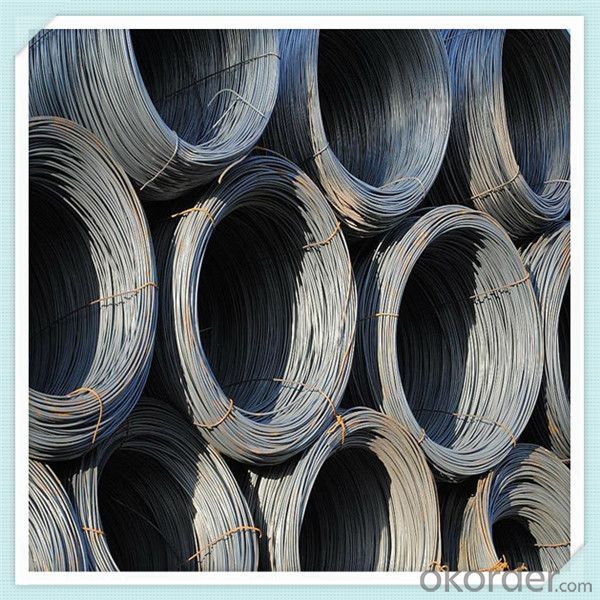
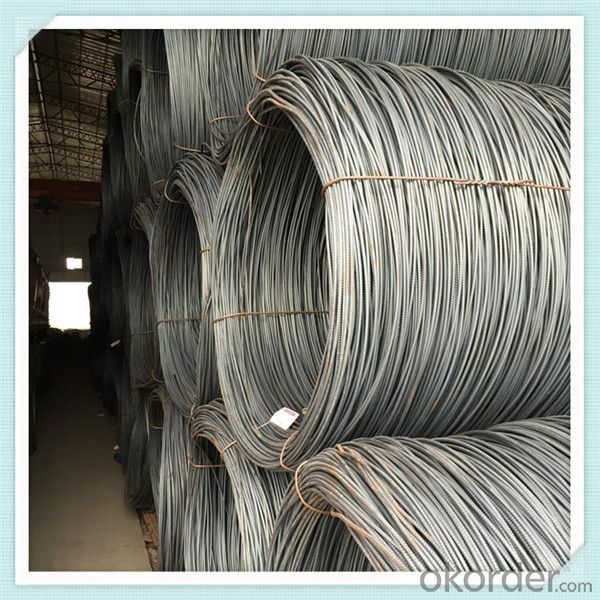
Application :
It generally used in braiding the hose for bathing product and machinery. With it
good flexibility, resistant to high temperature and resistant to corrosion, it
used widely in many industries.
Packing :
Hot-rolled wire rod is held in a unit with at least four steel straps in the
transverse direction and transported and stored without further packaging.
Before
the steel strapping is applied, the wire rod must be sufficiently compressed.
The strapping is fixed in the transverse direction with a single circumferential
strap so that the strapping does not slip and cause the coil to come apart.
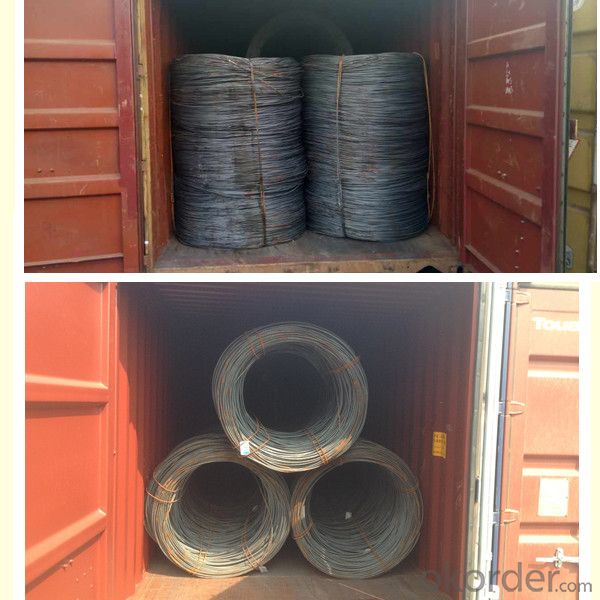
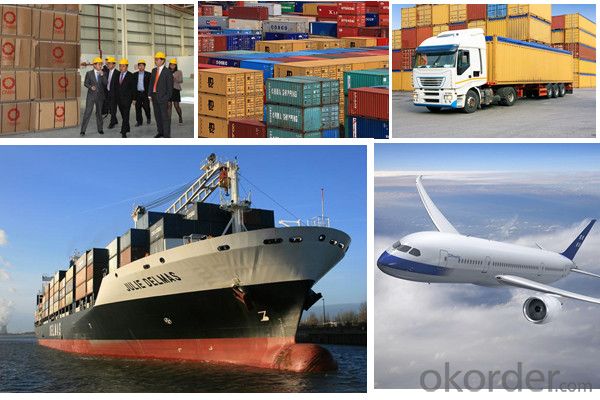
Our service:
(1) We cooperate with famous factories with advanced equipment and well trained workers.
(2) We can provide factory price with trading company service.
(3) We continuously work on the improvement of our processes, guaranteeing
consistently high standards of quality to keep none compensation.
(4) We guarantee 24 hours response and 48 hours solution providing service.
(5) We accept small order quantity before formal cooperation.
(6) We deliver the agreed quality at the agreed time, reacting to changes in
customer wishes in a flexible way.
(7) Due to our volume and selling power, we have excellent freight rates with
shipping lines.
(8) We strive to always be fair and honest in our dealings with customers.
(9) We strive to work together with customers to achieve much more than we can
achieve alone.
(10) Through our passion and commitment we aim to be a market leader in all our
key markets. To maintain our position as market leader we must continue to add
value in all that we do.
FAQ:
1.Q: What's your MOQ(minimum order quantity)?
A: One full container, mixed acceptable .
2. Q: What's your packing methods?
A: Packed in bundle or bulk ..
3. Q: How can I buy CNBM products in my country?
A:Please send us an inquiry or email ,we will reply to you if there is distributor in your country
4. Q: Can we visit your factory?
A: Warmly welcome. Once we have your schedule, we will arrange the
professional sales team to follow up your case.
5. Q: How long does it take to get the product if i place an order?
A:With the process of your requirements,we will pack and deliver in 3
-7 days. If it is by sea shipment,it will take 15-45 days depending on different locations
- Q: What are the different types of steel wire rod coatings used for improved wear resistance?
- There are several types of steel wire rod coatings used for improved wear resistance. Some of the commonly used coatings include zinc, galvanized, zinc-aluminum, and epoxy coatings. Each of these coatings provides different levels of protection against wear and corrosion, depending on the specific application and requirements.
- Q: How is steel wire rod used in the manufacturing of wire forms for conveyor belts?
- Steel wire rod is used in the manufacturing of wire forms for conveyor belts as it serves as the raw material for creating the wires that make up the belts. The steel wire rod is first drawn and shaped into the desired wire diameter and then woven or welded together to form the wire mesh or spiral strands that make up the conveyor belt. This ensures the strength, durability, and flexibility necessary for the conveyor belt to effectively transport materials.
- Q: How is steel wire rod used in the production of ropes?
- Steel wire rod is used in the production of ropes as the main material for the rope's core. It provides strength and durability, allowing the rope to withstand heavy loads and harsh conditions. The steel wire rod is typically twisted or braided together to form the core, which is then covered with a protective outer layer to enhance flexibility and improve grip. This combination of strength and flexibility makes steel wire rod essential in creating ropes that are widely used in various industries like construction, transportation, and maritime.
- Q: How is steel wire rod used in the manufacturing of wire for agricultural fencing?
- Steel wire rod is used in the manufacturing of wire for agricultural fencing by being drawn through a series of dies to reduce its diameter and increase its length. This process, known as wire drawing, results in a strong and durable wire that is then woven or welded into the desired fencing shape. The high tensile strength of steel wire rod ensures that the agricultural fencing can withstand the pressure and stress it may encounter in outdoor environments, making it an ideal material for securing livestock and crops.
- Q: How is the quality of steel wire rod determined?
- The quality of steel wire rod is determined through various factors such as chemical composition, mechanical properties, surface finish, and dimensional accuracy. These factors are assessed through rigorous testing and inspection methods, including chemical analysis, tensile strength testing, surface inspection, and dimensional measurements. Additionally, the adherence to specific industry standards and specifications further ensures the quality of steel wire rod.
- Q: How is steel wire rod tested for yield strength?
- Steel wire rods are tested for yield strength through a process called tensile testing. In this test, a small sample of the wire rod is subjected to gradually increasing tension until it reaches its maximum load-bearing capacity. The point at which the wire rod begins to deform permanently is called the yield point, and the corresponding load is the yield strength. This test helps determine the maximum stress the wire rod can withstand without undergoing significant plastic deformation.
- Q: What are the main factors influencing the choice of steel wire rod packaging?
- The main factors influencing the choice of steel wire rod packaging include the requirements for protection, transportation, handling, and storage of the product. One of the key factors is the need for protection. Steel wire rods are prone to damage from various external factors such as moisture, dirt, and corrosion. Therefore, the packaging must provide adequate protection against these elements to ensure the quality and integrity of the product. This may involve using materials that are moisture-resistant, such as plastic or coated paper, and implementing measures to prevent rust and corrosion, such as applying anti-corrosion coatings. Transportation considerations also play a crucial role in determining the packaging choice. Steel wire rods are often transported over long distances, either by road, rail, or sea. The packaging should be sturdy enough to withstand the rigors of transportation, including potential impacts and vibrations. It should also be designed in a way that facilitates easy loading and unloading, and minimizes the risk of damage during handling and transportation. The storage requirements of steel wire rods also influence the packaging choice. Depending on the storage conditions, such as indoor or outdoor storage, the packaging may need to offer additional protection against factors like sunlight, extreme temperatures, and humidity. It should also be stackable to optimize space utilization and prevent any deformation or bending of the wire rods. Other factors that may influence the choice of steel wire rod packaging include cost-effectiveness, sustainability, and regulatory compliance. Companies may consider the cost of the packaging material, its availability, and the overall packaging process to ensure that it aligns with their budget and operational efficiency. Moreover, there is an increasing focus on sustainable packaging solutions that minimize environmental impact, such as using recyclable materials or reducing the overall packaging waste. Compliance with industry standards and regulations, such as safety and labeling requirements, is also a significant consideration in the choice of steel wire rod packaging.
- Q: How are steel wire rods used in the manufacturing of springs?
- Steel wire rods are used in the manufacturing of springs by being shaped and coiled to create the desired spring shape and characteristics. The wire rods are typically formed into coils or helical shapes, which are then heat-treated and tempered to enhance their strength and flexibility. The resulting springs can be used in various applications, such as automotive suspensions, mechanical devices, and household appliances.
- Q: How is steel wire rod used in the production of wire strands for offshore oil and gas structures?
- Steel wire rod is a crucial component in the production of wire strands used for offshore oil and gas structures. These wire strands are typically made up of several individual steel wires twisted together to create a strong and durable cable. To begin the production process, steel wire rods are first inspected for quality and any defects are identified and removed. The rods are then subjected to a series of heat treatments to enhance their strength and flexibility. This involves heating the rods to high temperatures and then rapidly cooling them through a process called quenching. Quenching helps to improve the mechanical properties of the steel wire rod, making it more suitable for the demanding conditions encountered in offshore environments. After heat treatment, the steel wire rods are drawn through a series of dies to reduce their diameter to the desired size. This process, known as wire drawing, ensures that the wire strands produced will have the required tensile strength and dimensional accuracy. Once the desired diameter is achieved, the steel wire rods are further processed to form wire strands. Multiple steel wires are twisted together using specialized machines to create a strand with a specific number of wires and a particular lay angle. The lay angle determines the flexibility and strength of the wire strand, making it crucial for offshore applications where the cables need to withstand high loads and harsh conditions. The resulting wire strands are then subjected to various surface treatments, such as galvanization or coating, to protect against corrosion and ensure longevity in offshore environments. These treatments provide additional protection to the steel wire strands, allowing them to withstand exposure to seawater, chemicals, and other corrosive elements commonly encountered in offshore oil and gas structures. Finally, the wire strands are cut to the required lengths and assembled into larger cable structures, such as wire ropes or umbilicals, which are used in various applications within offshore oil and gas structures. These cables play a vital role in supporting and securing the infrastructure, such as platforms, pipelines, and subsea equipment, ensuring their stability and integrity even in extreme conditions. In summary, steel wire rod is essential in the production of wire strands for offshore oil and gas structures. Through a series of processes including heat treatment, wire drawing, and twisting, steel wire rods are transformed into strong and durable wire strands that can withstand the harsh conditions encountered in offshore environments. These wire strands are integral components in the construction and maintenance of offshore oil and gas structures, providing stability, support, and protection against corrosion.
- Q: Can decarburization occur in low carbon and low alloy wire rods? Why?
- Therefore, low carbon alloy steel may also be decarburization, the normal production process and good surface quality, there will be no high carbon steel such as all decarburization layer, but local is also possible!
Send your message to us
SAE1012 Steel wire rod directly from China mill
- Loading Port:
- Qingdao
- Payment Terms:
- TT OR LC
- Min Order Qty:
- 100 m.t.
- Supply Capability:
- 18100 m.t./month
OKorder Service Pledge
OKorder Financial Service
Similar products
Hot products
Hot Searches
Related keywords
